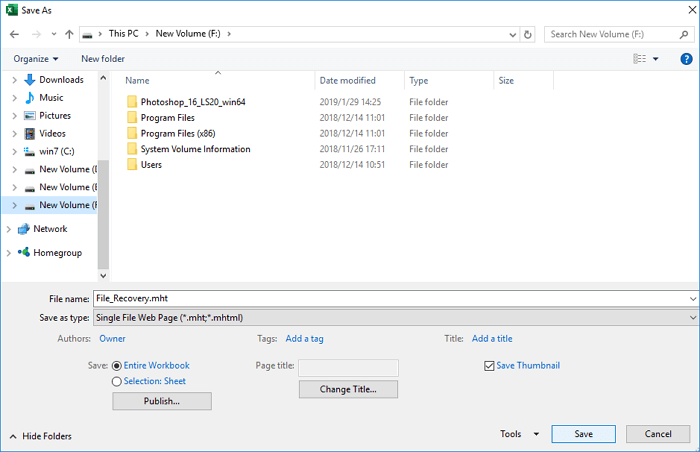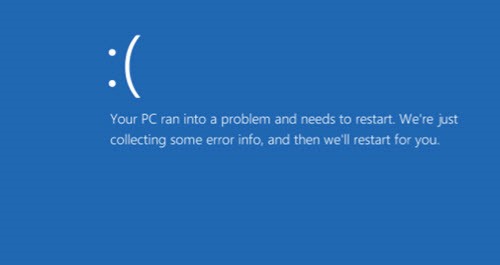

- HOW TO CHECK FOR CORRUPTED FILES ON WINDOWS HOW TO
- HOW TO CHECK FOR CORRUPTED FILES ON WINDOWS WINDOWS 10
- HOW TO CHECK FOR CORRUPTED FILES ON WINDOWS WINDOWS
HOW TO CHECK FOR CORRUPTED FILES ON WINDOWS WINDOWS 10
Microsoft dropped the automatic registry backup procedure to shrink Windows 10 size. For such a registry backup to work in Windows 10 1803,1809,1903,1909,2004 and newer Windows 10 builds, you need to manually turn on automatic registry backup through the special reg parameter (this must be done beforehand before problems with the registry appear). On Windows 10, the registry files are automatically backed up to the C:\Windows\System32\config\RegBack folder. If these commands did not fix your problem, you need to restore the registry from the last restore point or registry files backup.

If the SFC utility found errors and couldn’t perform a repair ( Windows Resource Protection found corrupt files but was unable to fix some of them), you need to check and repair the component store using the DISM command: DISM /Online /Cleanup-Image /RestoreHealth When sfc is run to replace corrupted system files, it outputs the message: Windows Resource Protection found corrupt files but was unable to fix some of them.

If the utility finds a damaged system file, it will try to repair it. the original installation media or contact your system administrator or. Open a command prompt as an administrator and run the command: sfc /scannow It is recommended to use the Dism.exe and Sfc.exe command-line tools to check the integrity of system files (including registry files), and fix the errors. However, starting with Windows 7, Microsoft stopped supporting the Scanreg.exe tool. In earlier versions of Windows, the Windows Registry Checker tool (Scanreg.exe) was available to automatically back up the registry, and check the registry for invalid entries, empty data blocks, and other errors. If your Windows does not boot correctly due to the damaged registry, you need to check the integrity of the registry files.
HOW TO CHECK FOR CORRUPTED FILES ON WINDOWS HOW TO
SOFTWARE (HKLM\Software) - the settings of various applications and the Windows OS itself are stored, common to all users How to Fix Corrupted Files in Windows 10.SAM (HKLM\SAM) - the settings of all Windows security principals are stored.DEFAULT (HKEY_USERS\DEFAULT) - a template with user settings used when creating new accounts.Below is a list of files and registry hives that these files are loaded into when Windows boots (as you see them in Registry Editor):


 0 kommentar(er)
0 kommentar(er)
